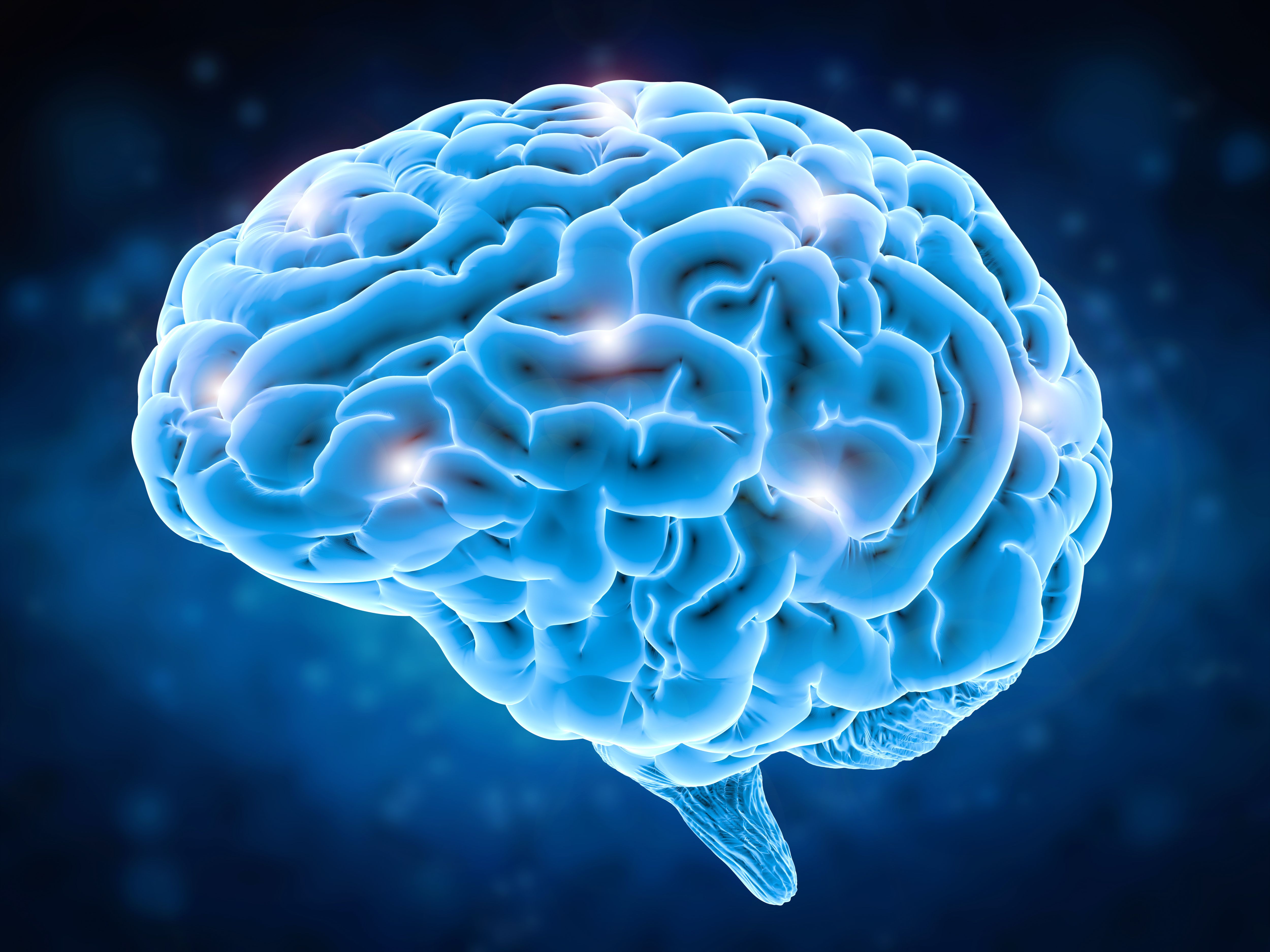- Center on Health Equity & Access
- Clinical
- Health Care Cost
- Health Care Delivery
- Insurance
- Policy
- Technology
- Value-Based Care
White Matter Damage Leads to Depression, Cognitive Impairment in Patients With TTP
Patients with immune-mediated thrombotic thrombocytopenic purpura (TTP) were found to have white matter damage in the frontal lobe and cingulate cortex that could affect short-term memory and depressive scores.
Cognitive impairment, highlighted by worse short-term memory and cognitive and depressive scores, is a possible adverse effect of white matter damage in patients who have immune-mediated thrombotic thrombocytopenic purpura (iTTP), according to a study published in British Journal of Haematology.
iTTP is a deadly disease that can be caused by either enzyme inhibition or the clearance of ADAMTS13. Plasma exchange and immunosuppressants are the top therapies used to restore platelet counts and ADAMTS13 in patients with iTTP. Although these treatments work, many patients in remission experience cognitive problems and depression. This study aimed to understand changes in brain white matter that are caused by iTTP to understand the link between them.
Brain power | Image credit: phonlamaiphoto - stock.adobe.com

All data were collected from London Health Sciences Centre in London, University Health Network in Toronto, and St. Michael’s Hospital in Toronto, where patients were enrolled. Imaging studies were conducted at St. Joseph’s Health Care London. Patients needed to be 18 years or older and have a diagnosis of iTTP that was currently in remission. Patients with an alternative diagnosis of thrombotic microangiopathy or secondary iTTP due to drugs or connective tissue disease were excluded from the study. Healthy controls were volunteers.
MRI was done within a month of remission in all patients. Brain change evaluation and abnormality detection were done through doing 5 standard imaging sequences. T1-weighted images evaluated the general anatomy and atrophy whereas T2-weighted images identified any acute issues; diffusion-weighted images detected lesions and susceptibility-weighted images found abnormal areas. Myelin integrity was analyzed using myelin water imaging (MWI).
All tests for depression and cognition were given within 24 hours of an MRI scan. The Montgomery-Asberg Depression Rating Scale was used to assess depression and the Cambridge Brain Sciences test was used to conduct an online cognitive aassessment.
There were 20 patients with iTTP and 6 controls who were included in this study. All patients were recruited between 2016 and 2021. A history of positive ADAMTS13 inhibitor level was found in all patients. Persistently low ADAMTS13 was found in a small number of patients. Nine patients had ADAMTS13 activities of more than 70%, 7 had activities between 10% and 70%, and 4 had activities below 10%.
Radiological findings were found in 16 patients, with 14 having white matter hyperintensities between 2 and 15 mm. A significant increase in T1 relaxation times in the cingulate cortex was found in patients with iTTP compared with healthy controls. The T2 images found relaxation times in the cingulate cortex, frontal lobe, partial lobe, and temporal lobe in patients with iTTP.
There were 19 patients who took the depression test, of whom 12 patients had no signs of depression and 7 showed mild signs of depression. A positive correlation was found between depression total scores and T-1 relaxation in the frontal lobe (R, 0.412) and insula (R, 0.499). No correlation was found between T2 relaxation and depression total, but a negative correlation was found between depression total scores and myelin water fraction in the insula (R, –0.436).
There were 20 patients who took the cognitive assessment and had scores less than 1 SD and/or 2 SDs compared with the control group. Short-term memory, verbal memory, and concentration featured reduced scores of more than 2 SD in 10, 10, and 12 patients, respectively.
There were some limitations to this study. There was a small sample size for the control group, which could have affected the statistical power of the analysis, and the age range of the participants could introduce bias, as those of older age would have white matter changes. Further, there was no standardized scale for the white matter changes and the factors that affect the change in cognition were not fully explained.
The researchers concluded that T1 and T2 relaxation time increased in brain areas that were related to memory and white matter lesions. Rehabilitation and intervention could help in preventing this decline, as this paper points out the importance of addressing these issues.
Reference
Hannan F, Hamilton J, Patriquin CJ, et al. Cognitive decline in thrombotic thrombocytopenic purpura survivors: the role of white matter health as assessed by MRI. Br J Haematol. Published online December 11, 2023. doi:10.1111/bjh.19246
